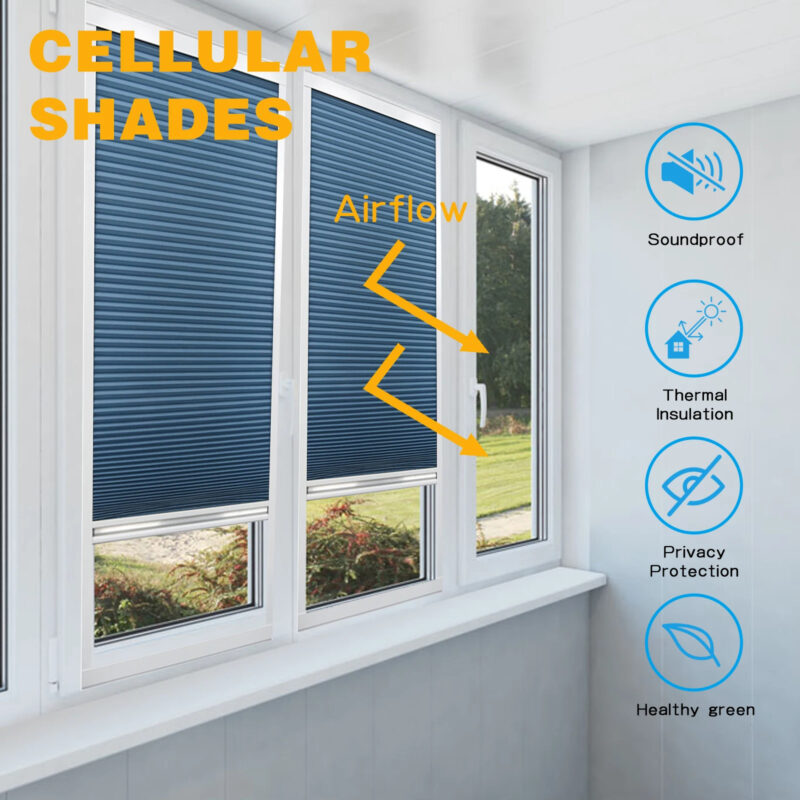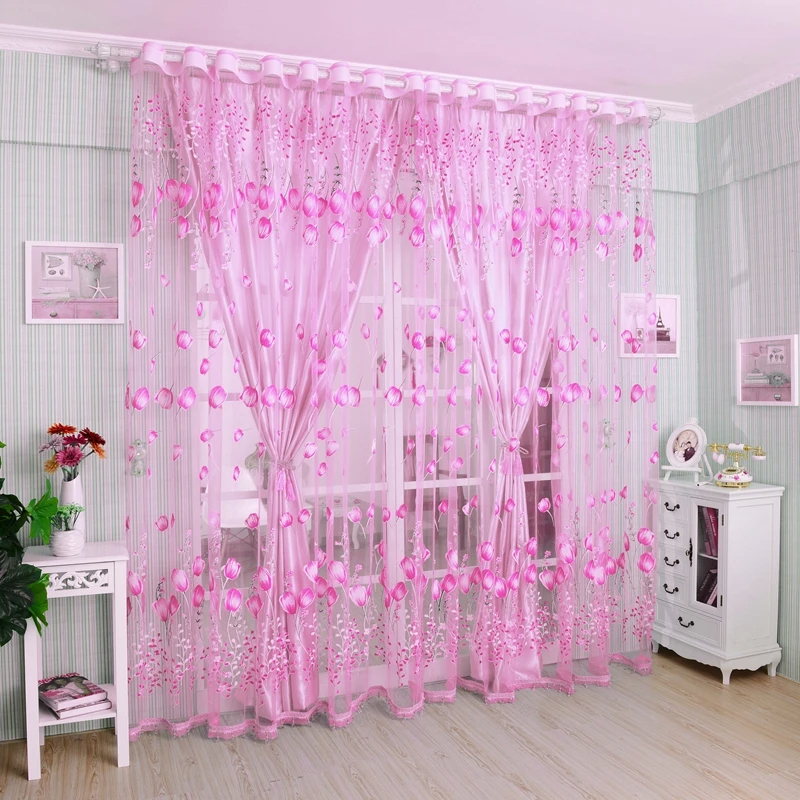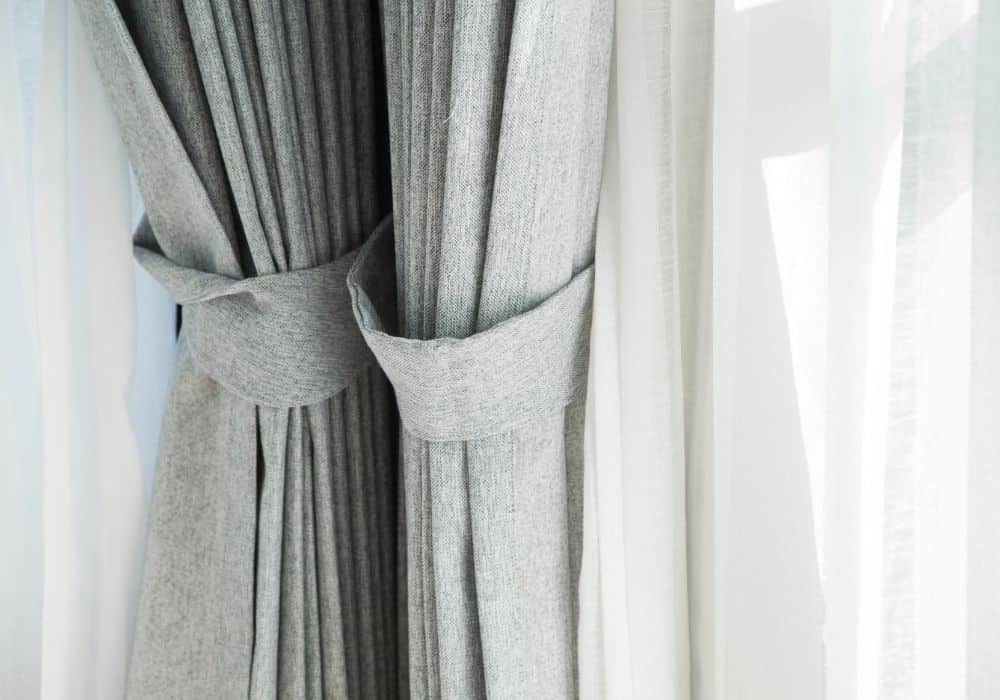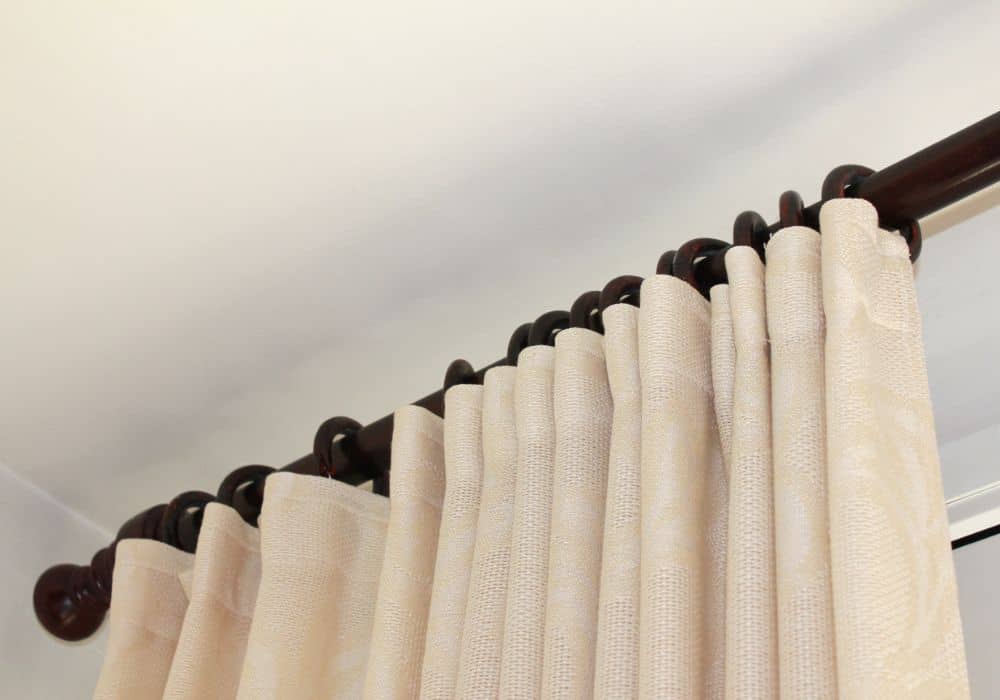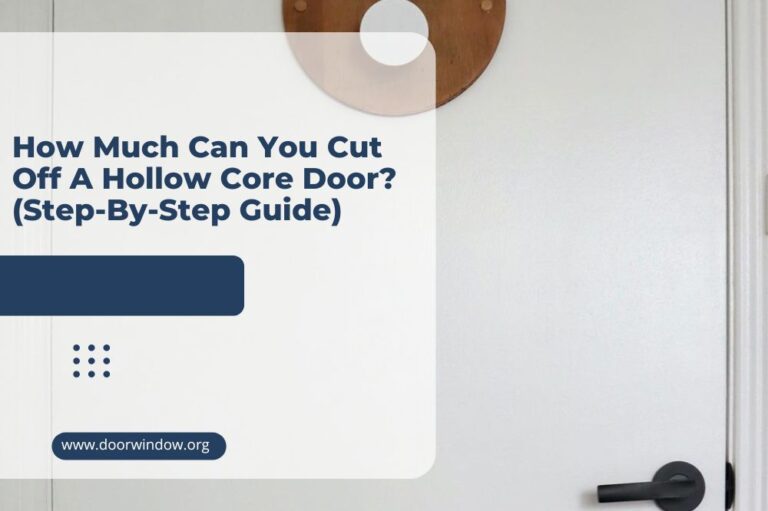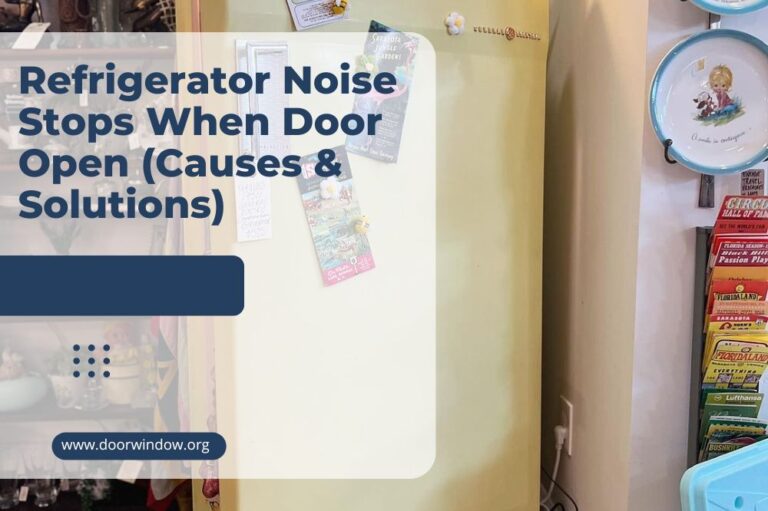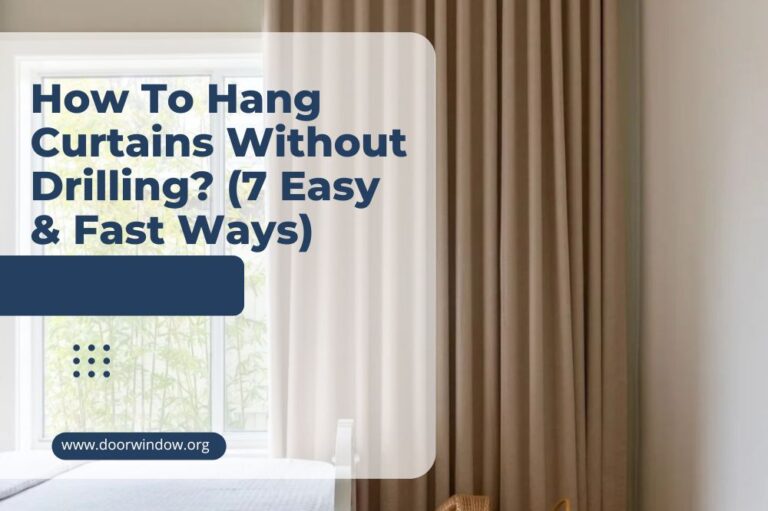Standard Curtains Size (Lengths and Widths)
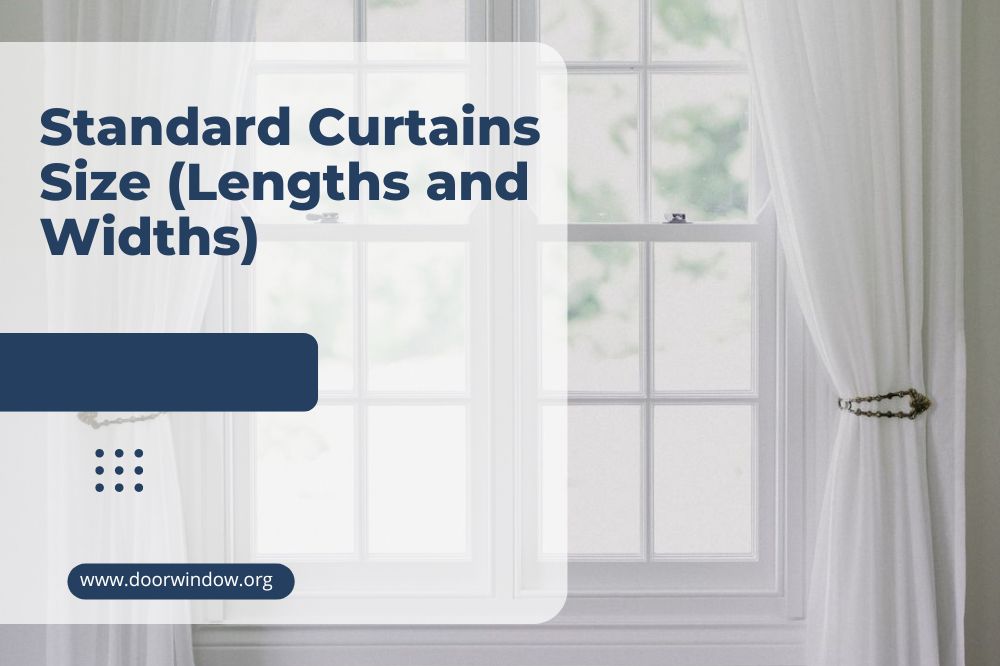
If you’re set on preparing the interior decor of your room, one of the things that you need to consider is your curtains. Adorning the windows that peer into the outside view, curtains are important for your privacy as well as dictating the atmosphere of the room.
Curtain colors might be the easiest way to define the kind of room that the curtains would be in, but curtain size is often underestimated. Most curtains come in standard sizes, often matched with standard window sizes. However, getting the right standard size can be quite tricky.
Picking the right curtain sizes can spell the illusion of a room with a towering height or one that’s uncomfortably dwarfing. That’s why we’ll discuss these standard sizes to guide you in shopping for the perfect curtains for your room.
What Are The Standard Curtain Lengths?
The biggest challenge in choosing the perfect curtain size lies in picking the right curtain length. There are five standard sizes, as follows:
- 63-inches (160 cm)
- 84-inches (213 cm)
- 96-inches (244 cm)
- 108-inches (274 cm)
- 120-inches (305 cm)
The unlikely part of choosing any of these standard sizes is that you actually don’t choose them using the exact measurements of your window. It might be unintuitive, but getting drapes that are the same size as your windows will not fully cover them. You’ll often be left with gaps in your windowsills that would defeat the purpose of curtains in the first place.
Instead, you check up on the height of your room ceiling. Relying on your ceiling height allows you to consider not just the full coverage of your windows, but also the effect you want to impose on the room. For example, a low ceiling may make you opt for longer curtains so that it gives the illusion of height in the room.
As a rule of thumb, the minimum curtain length you should aim for is the length of your window frame then add 6 inches to the bottom. This makes sure that your curtains extend past your window sill, your window is fully covered, and your privacy is secured.
What Are The Standard Curtain Widths?
Luckily for you, curtain width is not as much of a hassle compared to curtain length. That’s because curtains only come in one width: 48 inches. If you find this standard size lacking, you can simply buy more curtains to cover your windows.
Similar to the curtain length, to determine the right curtain width for your window, simply take your window width and add 6 inches to both sides and this will be the total width for your curtains. You can also easily add more so that there is enough slack on your curtains.
Styles of Curtain Panels
These standard curtain sizes are great to know, but they may not be as useful to you as a homeowner. They don’t communicate the atmosphere that the curtains will deliver, and hard numbers are harder to visualize (unless you have a really good sense of measurement).
For the rest of us, understanding the styles that curtain panels come in is a better way to pick the right correct curtain size for your space. Given that curtains only come in one width, these styles often vary only by length.
1. Floating Curtains
Floating curtain panels are those that follow the rule of thumb of having at least 6 extra inches to the bottom. They’re called floating because they don’t touch the floor, and they’re generally shorter than the standard lengths.
Floating curtains are perfect with windows that peer into panoramic views, as they frame this beautiful view into the outside very well. Layering sheer curtains underneath other floating curtains is a common and pleasing way to achieve this bay window look.
Other than their aesthetics, floating curtains have practical purposes. Because they don’t touch the floor, they are pretty easy to clean and they don’t get dirty quite easily. They’re also safe from boisterous kids and playful pets who might ruin curtains the moment they touch them.
Floating curtains do work really well if you have an amazing view from your window because of the illusion of a wide space from the outside. Without this, these curtains risk making your ceiling look shorter because they don’t occupy the entire height.
2. Floor Kissing Curtains
Floor-kissing curtains are, as their name suggests, panels that almost touch the floor as if they’re “kissing.” These drapes can come in standard lengths since they are floor-length curtains.
This style of curtain fits high ceilings or rooms where you want to give the illusion of a towering height. These kinds of curtains are also great for rooms with a narrow window opening or for glass doors to your backyard, and sheer curtains of this style, which allow natural light to pass through, can make your space seem bigger.
Floor-kissing curtains are also perfect if you need blackout curtains to keep out as much light from the outside as possible.
If you do decide on this style, make sure to buy a length longer than what you actually need. It will be easier to trim the excess off and make sure you get that perfect floor kiss length. Or, you can also opt to get the next style instead.
3. Puddling Curtains
Puddling curtains are drapes that have an excess length that “puddles” on the floor. These are very similar to floor-kissing curtains, but extend a bit more to create a mass of cloth on the floor.
Puddling drapes are often made with thicker fabric, such as velvet, to create a convincing and classic puddle on the floor. These curtains evoke a wealthy and regal atmosphere, and the thick fabric makes for a dramatic statement that envelops the space. These drapes are amazing for houses of large families, and you’ll find them in dining rooms or master bedroom windows.
However, they come with high maintenance and child-unfriendliness. The puddle touching the floor will guarantee you a hard time washing them, and children below 3 will make that problem worse. You should also avoid putting them in windows where dust and dirt will settle readily since these curtains are quite heavy to open and close.
Special Length Curtain Panels
Aside from the longer curtain panels, there are also certain curtains that come with special lengths. They do not serve the purpose of privacy and are mainly decorative for the most part. These special length curtains are often shorter than the window, covering only certain parts.
The good thing about these special length curtains is that they come in a variety of designs and decors. You will be spoiled for choice looking for an amazing window treatment.
1. Valance Curtains
If you lived in old-fashioned houses, then you’ll find these short curtains that only cover the upper part of the window. Called valance curtains, they were used to block out the intense sunlight that usually goes through the upper side of windows. They can come anywhere from 5 to 15 inches, depending on what you want.
Nowadays, you might want to use valance curtains if you want as much natural light as you can while adding treatment to windows to make them less bland-looking. They’re also special because they can also come shaped in arches, which makes them look even lovelier. These curtains are a staple of family houses, as they often give off a sense of homeliness.
2. Tier Curtains
If valance curtains cover the upper parts, then tier curtains cover the bottom half. Tier curtains are often used if you want partial natural light to fill the room. They come in two lengths: 24 inches or 36 inches.
You will commonly find these tier curtains on kitchen sink windows, or on living room windows that don’t get intense light coverage throughout the day. Similar to valance curtains, they make the space more homely.
Curtain Rods
Curtain rods can also come in standard sizes. You’ll commonly find them in any of these lengths:
- 28-48 inches
- 48-84 inches
- 66-120 inches
- 120-170 inches
Similar to the rule of thumb for windows, you need to add around 3-6 inches to each side of the window to get your desired curtain rod length.
These cylindrical decors also come in a variety of diameters. Generally speaking, the longer your rod is, the thicker your rod should be. Thicker curtains also demand a thicker rod so that it can support the fabric.
Most curtain rods will come at ⅝ inches thick, while better ones are ¾ inches thick. Sturdy and high-quality long rods come at 1 inch thick, which can easily support heavy fabrics such as velvety curtains.
Conclusion
Despite looking quite a simple house decor, curtains will need enough consideration for them to properly affect a room. With haphazard preparation, curtains will instead be a detriment to the space, clashing with the room’s theme. However, picking the right curtains will enhance the room and complement it beautifully.
We hope that with this guide, you were able to find the perfect curtains for your room. Although these are ultimately up to your personal preference, we hope that this guide helped you achieve the vibe that you were going for in your rooms.



